Experience of traveling to Cam Mountain and things to know
- Tuesday, Jun 17, 2025, 20:02 (GMT+7)
Experience of traveling to Cam Mountain and things to know
Located deep in the mysterious That Son mountain range, Cam Mountain has long been known as the "roof of the Mekong Delta" thanks to its altitude of nearly 710 meters above sea level and its blend of raw beauty and spiritual legends. This is not just a sightseeing spot, but a destination rich in cultural and emotional depth. To truly enjoy the experience, travelers need practical and strategic preparation covering transportation, food, lodging, photography, and safety tips that are often overlooked in generic travel blogs.
For those traveling from Ho Chi Minh City or the southeastern region, sleeper buses are the most cost-efficient choice. Trusted operators like Phuong Trang, Hue Nghia, and Thien Thien Huong offer daily rides to Chau Doc with fares between 180,000 and 250,000 VND, taking around 6 to 7 hours. From central Chau Doc, it’s about a 40 km ride to the foot of Cam Mountain, which can be done by local shuttle or rented motorbike.
From Hanoi or the central provinces, the fastest option is to fly to Can Tho Airport and then drive to Cam Mountain. The drive takes roughly 3 hours over 120 km. Private car hire typically costs between 900,000 and 1,200,000 VND depending on the car size. To save costs, choose flights that arrive around noon or late night, as these times often come with 20 to 30 percent discounts.
Though the culinary scene around Cam Mountain is modest, it offers unique dishes that reflect the distinct flavors of the southwest mountains. One must-try specialty is "banh xeo la so dua" sizzling pancakes with minced pork or small shrimp, paired with local leaves that have a slightly bitter taste, dipped in a sweet-and-sour fish sauce. Near the cable car station, there is a small alley eatery known for its decades-old snakehead fish porridge. The broth is boiled purely from fish bones with no additives, giving it a naturally sweet flavor. Asking local vendors or temple staff is often the best way to find authentic spots, as they are rarely listed online.
As for lodging, the area around Cam Mountain offers a mix of budget motels, homestays, and mid-range hotels. A trending experience among younger travelers is overnight camping near the summit to catch the morning clouds. The area near the giant Di Lac Buddha statue is ideal for setting up tents, as it’s close to public restrooms and offers panoramic views. Tent rental services, often managed by youth groups from Long Xuyen or Tinh Bien, cost around 250,000 to 400,000 VND for two people. If camping isn’t for you, the Cam Mountain cable car hotel or nearby resorts provide rooms priced between 350,000 and 700,000 VND, with peaceful views of the surrounding forests.
Cam Mountain is more than just a tall mountain. It’s home to spiritual sites and spectacular viewpoints. The cable car ride, spanning over 3.5 km, offers breathtaking views of valleys and hills, especially magical during early morning when mist covers the slopes. The round-trip ticket is about 160,000 VND and takes 15 minutes each way. Notable stops include Van Linh Pagoda, the massive Di Lac Buddha statue weighing over 600 tons, Thuy Liem Lake, and Ong The Cave. During the rainy season from May to September, the entire mountain becomes lush and green, with small streams adding to the serenity, a seasonal charm not found in the dry months.
For photography lovers, Thuy Liem Lake at sunrise is a hidden gem. The reflection of the first light over the still water creates stunning visuals. A lesser-known tip is to take a shortcut path from the cable car station to the lake. This trail reveals an old leaning tree by the water, a perfect natural frame for unique shots rarely seen on social media. Light morning fog and diffused sunlight often add a cinematic quality to photos, especially between 6:30 and 7:30 AM.
However, there are a few caveats for a smooth trip. Weekends and holidays bring heavy crowds and traffic jams at the mountain base. Aim to arrive before 7 AM or visit on weekdays to avoid delays. The cable car gets especially congested between 3 PM and 5 PM, so plan to descend earlier or later. The hiking paths can be slippery in rainy weather, so proper hiking shoes with good grip are highly recommended. Avoid flip-flops or dress shoes. Those with heart conditions or high blood pressure should be cautious, as the terrain involves steep inclines and extended walking.
Another small but useful detail: mobile signal on Cam Mountain is generally weak, especially for networks other than Viettel. While this may seem inconvenient, it actually allows visitors to unplug from daily stress and fully embrace the peace of the mountain. If you rely on connectivity, consider bringing a pocket Wi-Fi device with a Viettel SIM for stable coverage.
Visiting Cam Mountain is not just about sightseeing. It’s a journey of reflection, of reconnecting with nature and inner peace. Every step uphill is not only a physical challenge but a spiritual refresh. What draws travelers back is not just the massive Buddha statue or the emerald lake, but the rare sense of stillness, the kind of silence that lets you hear your own breath and the rustling of leaves, a sacred quiet that few destinations can offer.

 CHECKIN.VN
CHECKIN.VN

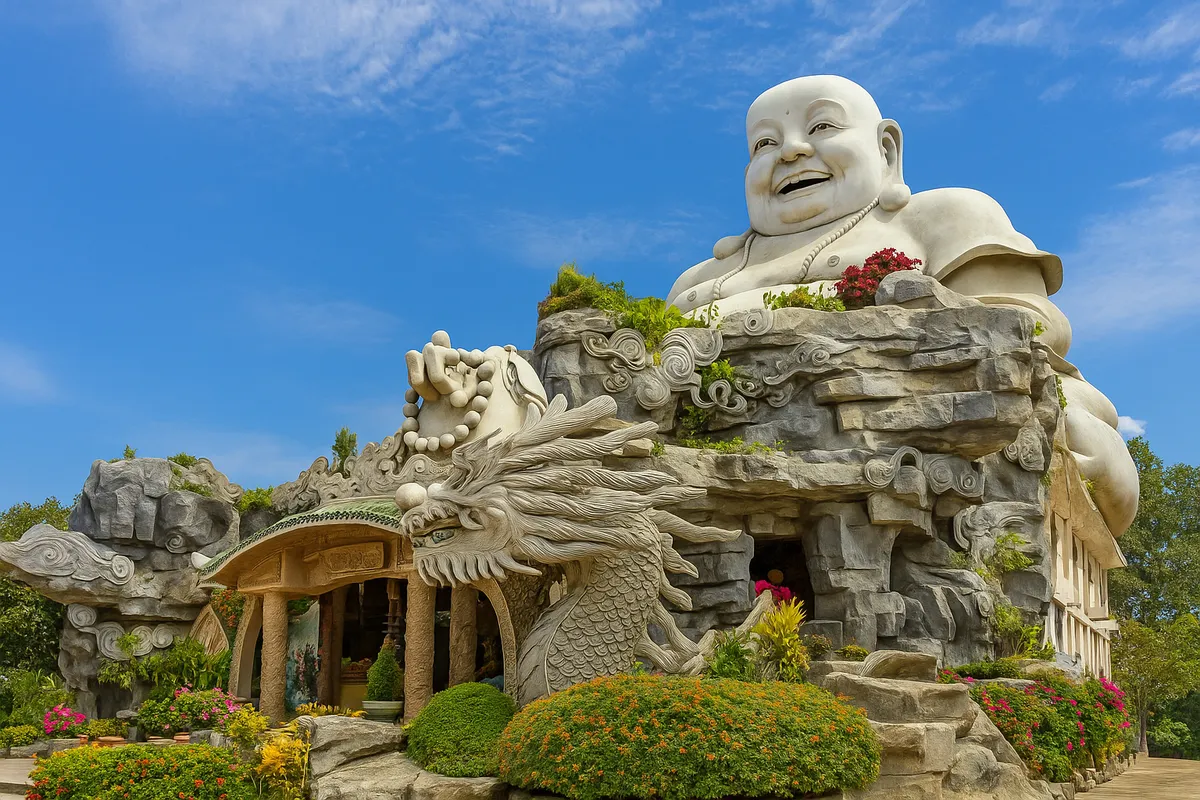
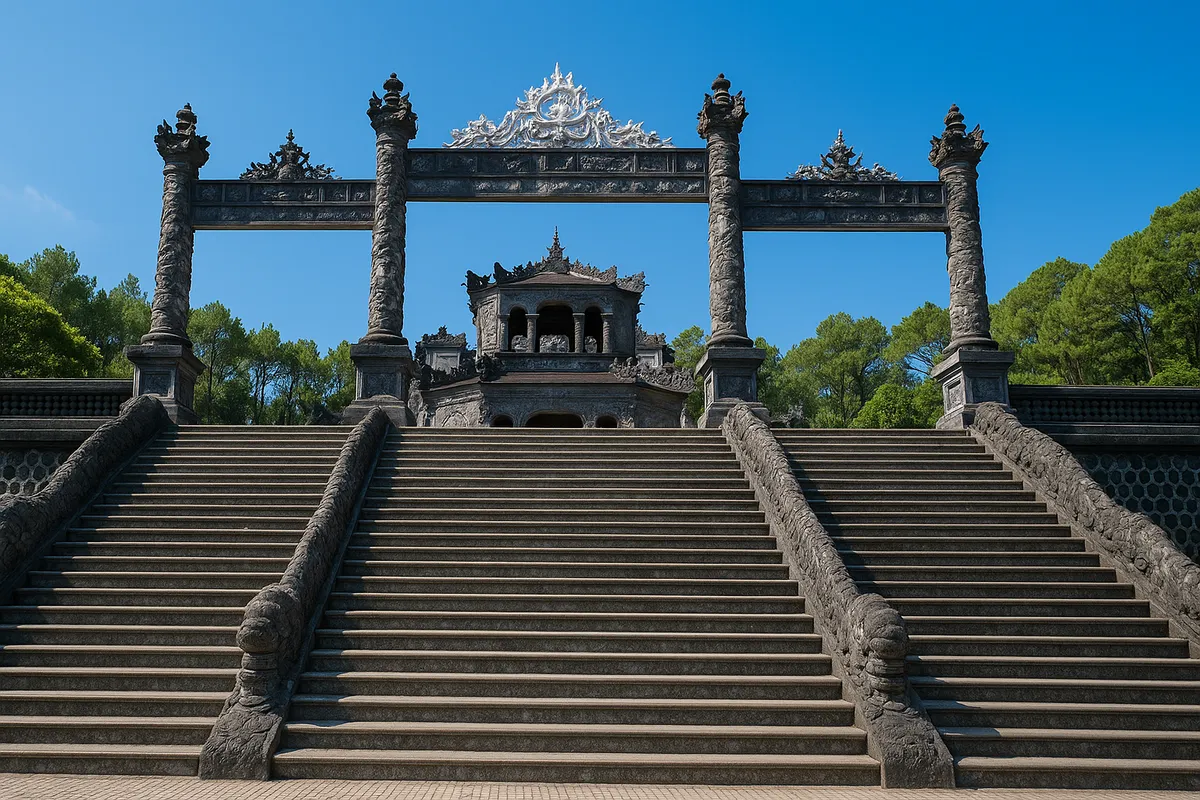
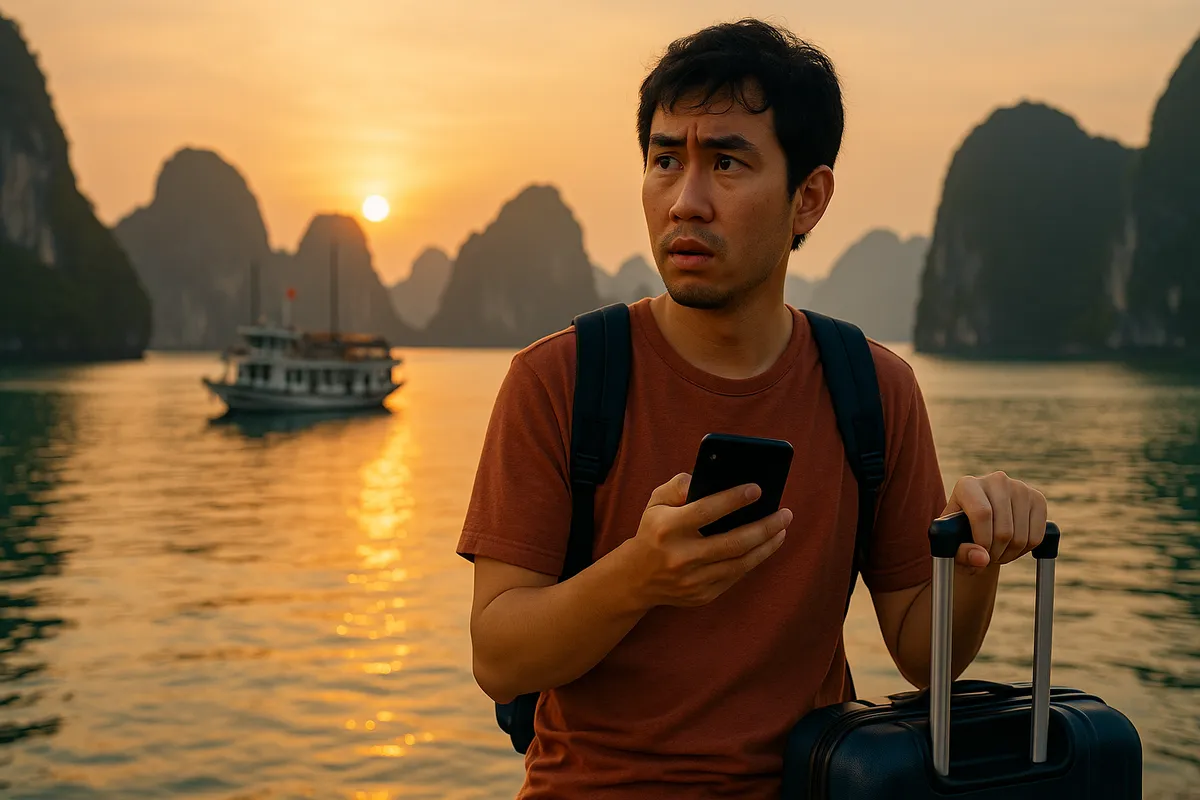
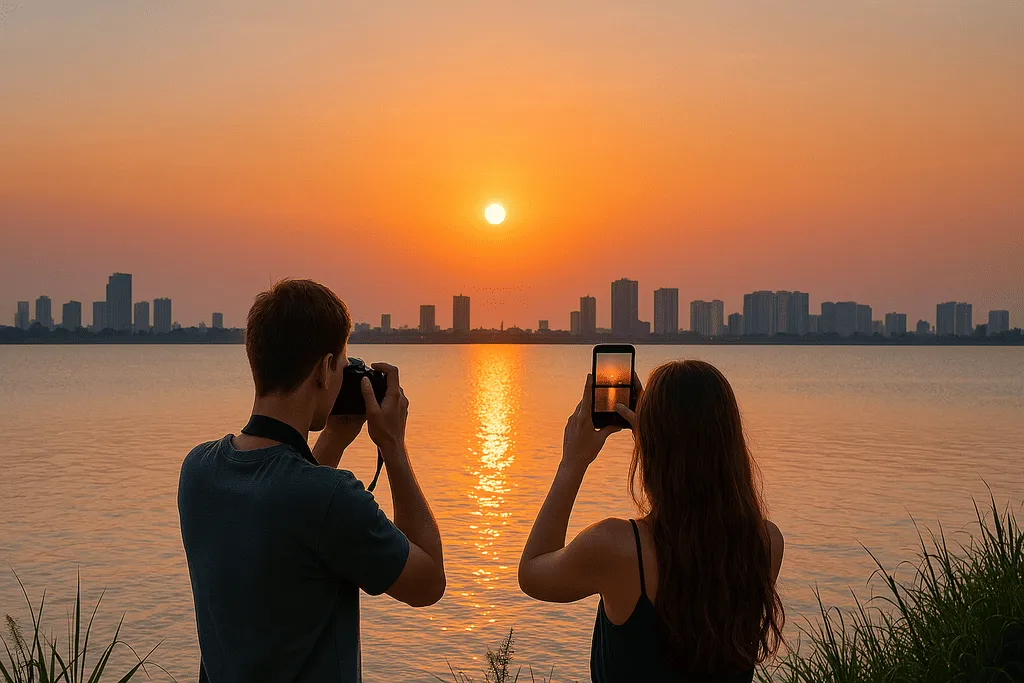
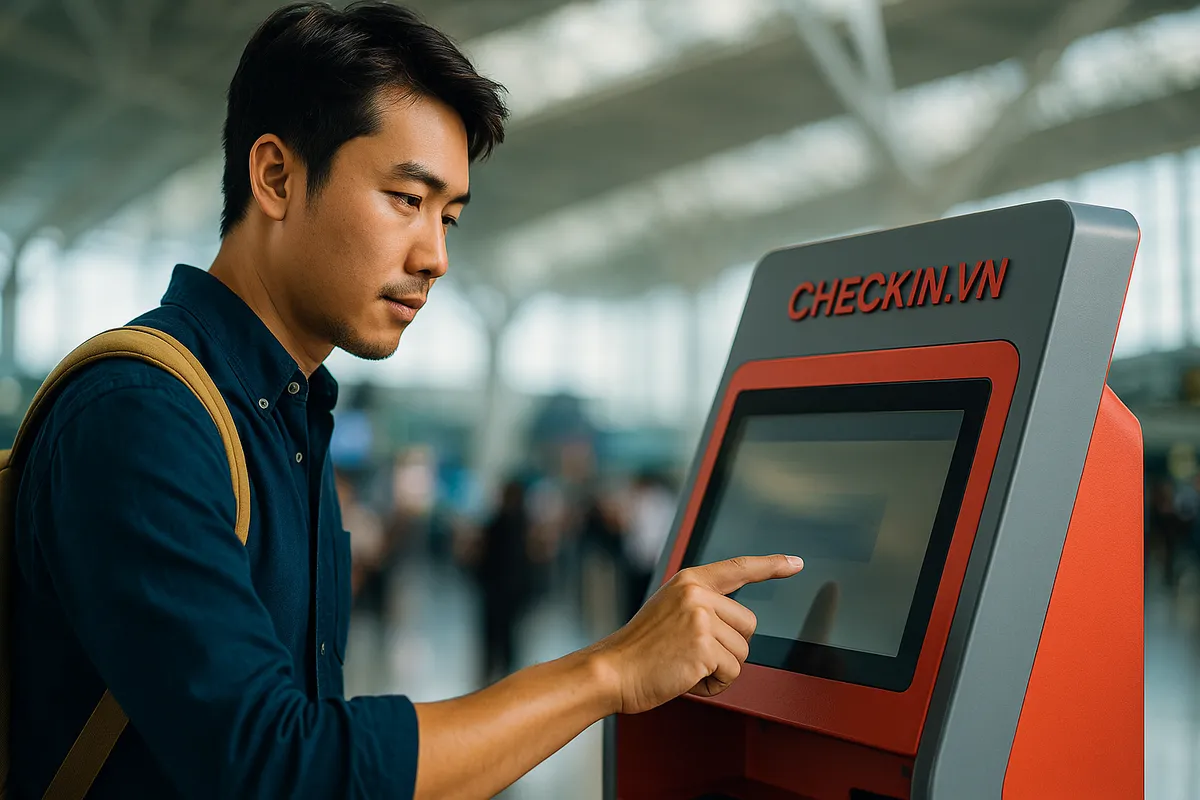
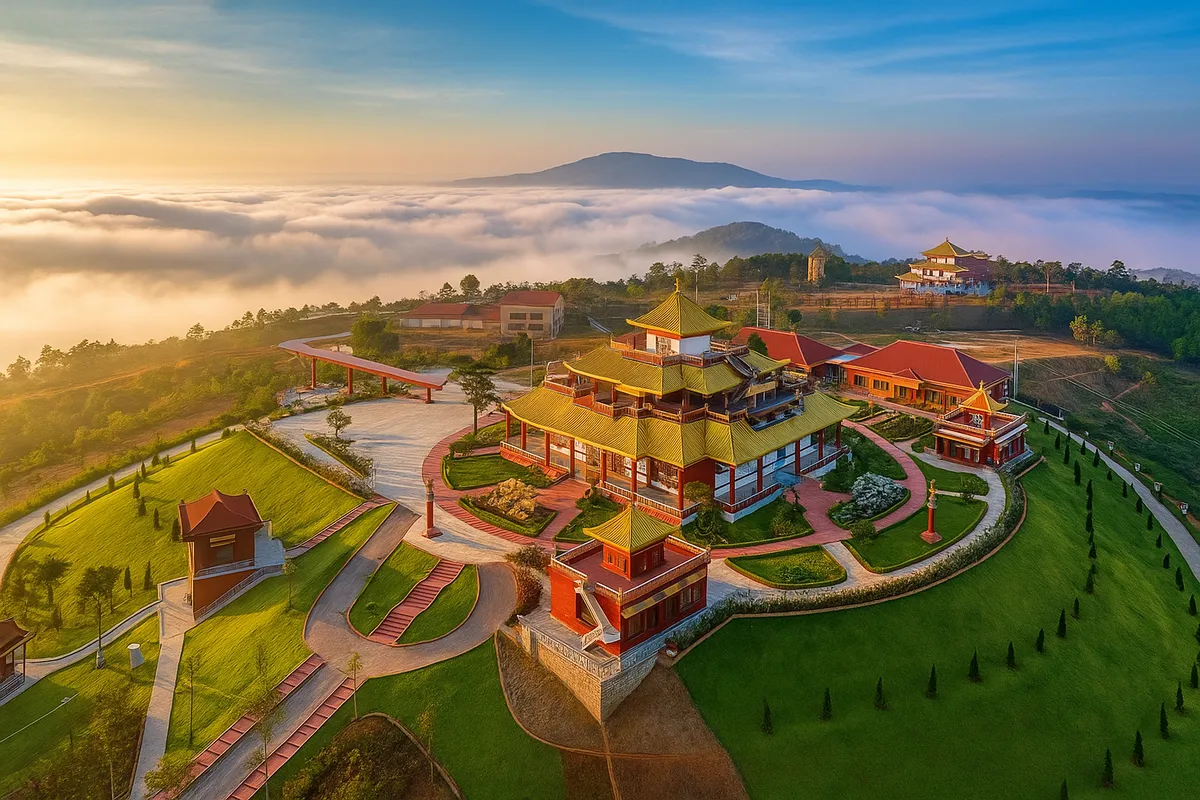
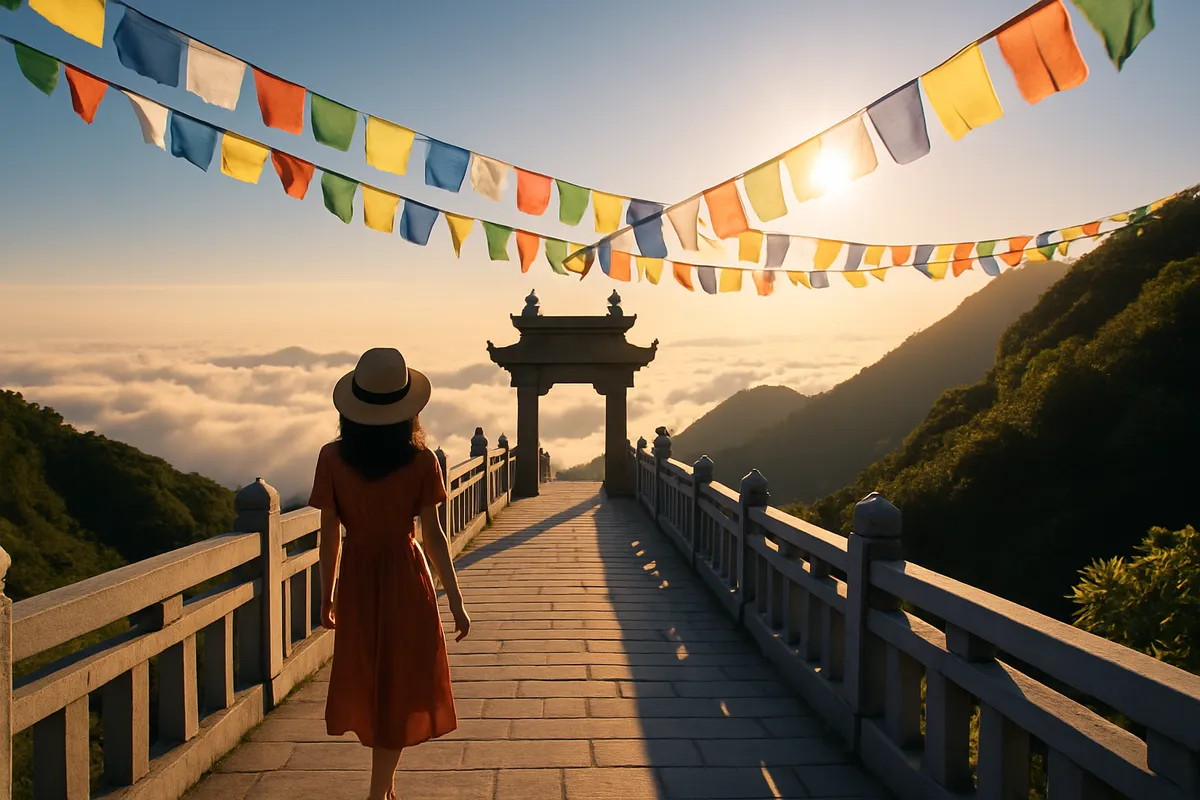
Share on